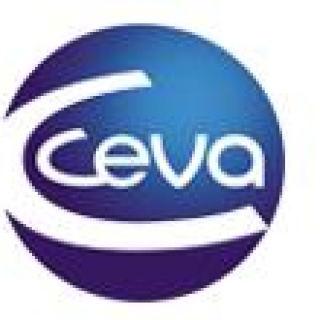European Union - EFSA: Occurrence data of trichothecene mycotoxins T-2 toxin and HT-2 toxin in food and feed
The available data show that oats can be highly contaminated with T-2 toxin and HT-2 toxin, with frequently high incidence and concentration. Particularly, contamination seems to have increased in 2005 and some following years, at least in the Scandinavian countries. The occurrence and concentration of T-2 toxin and HT-2 toxin in barley has increased across Europe since 2004, and stabilized at an incidence of about 80%. Contamination in the resulting malt used for beer production has also increased. In some occasions, maize is contaminated with T-2 toxin and HT-2 toxin, usually at a moderate level. T-2 toxin and HT-2 toxin contamination of wheat occurs very infrequently and at a low concentration level. Feed products that can be highly contaminated include by-products from oat processing (pellets). Food products generally show low incidence and concentration of T-2 toxin and HT-2 toxin, however, oat products may contain the two mycotoxins.
In commodities, T-2 toxin and HT-2 toxin are highly correlated to each other with the level of HT-2 toxin being between nearly two to seven times higher than T-2 toxin. In food products, the relationship between T-2 toxin and HT-2 toxin is weak or even absent. T-2 toxin and HT-2 toxin seem to have no correlation with deoxynivalenol and nivalenol in cereals. Field factors that influence T-2 toxin and HT-2 toxin include region-year (climate), variety, sowing date, pre-crop, and organic production. Fungicides seem to have no or only a weak effect. Processing cereals will substantially reduce T-2 toxin and HT-2 toxin contamination in food products due to redistribution over the various cereal fractions. The toxin levels increase in the by-products, which are often used for animal feeding.




